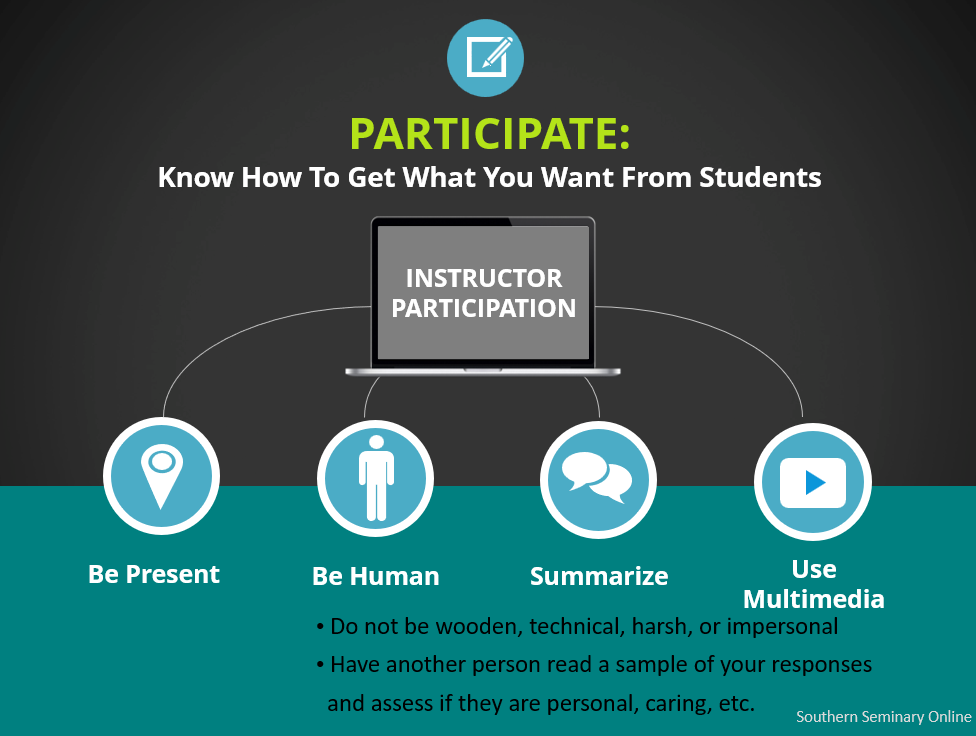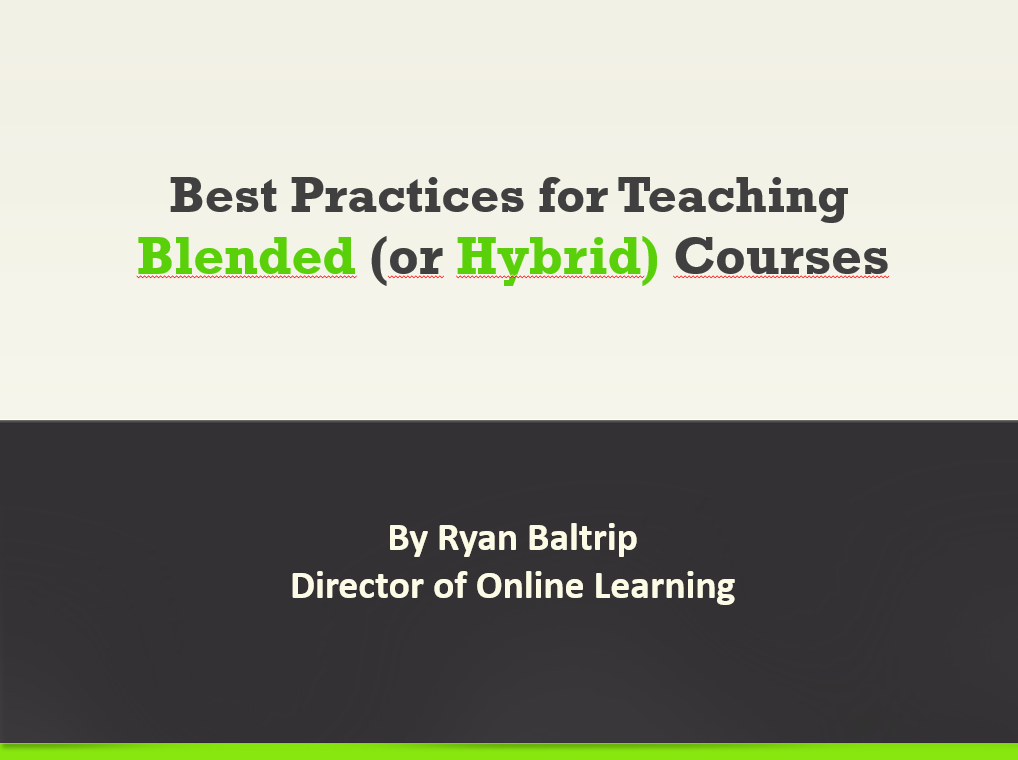Student Perspectives on Online Instructional Strategies
Convenience is often a major draw for online learning, but are students truly satisfied with the way their online courses are designed? Understanding how students perceive different instructional strategies is key to improving the quality of online education. At the Lilly Teaching Conference in Anaheim, I presented research aimed at uncovering online students' perspectives and offering faculty and instructional designers actionable insights. Presentation Summary: What Do Students Really Think? The Central Question: My presentation explored whether online students are satisfied with online courses simply because of the flexibility, or whether they are genuinely satisfied with the instructional strategies used within them. Background and Data: The research involved undergraduate online courses with primarily traditional-aged students (19-21). While overall satisfaction scores were positive, the findings revealed a more nuanced picture. Student Feedback on Courses: Students indicated they were most satisfied with the overall learning experience, course expectations, and the likelihood of recommending the course to others. Interestingly, a greater number of students expressed a desire for more online offerings than those willing to participate in further online courses themselves. Insights on Specific Strategies: The presentation highlighted student preferences for various instructional strategies: Key Takeaways: The instructor's role remains crucial. Well-designed homework, formative assessments, and summative tests are valued. Improving Readings and Writing: Provide guidance with reading assignments and make writing tasks meaningful rather than simply busywork. Purposeful Projects: Individual projects with clear instructions were favored over collaboration for its own sake. Rethinking Discussion Boards and Groups: Avoid discussions easily replicated as individual assignments and ensure clear structure and expectations for groups. The Complexity of Satisfaction: The presentation acknowledged that convenience is a major factor. However, students also choose online courses with the expectation that they will learn effectively. Many factors beyond instructional strategies can impact student satisfaction. Understanding Student Types: It's important to recognize that online courses [...]






